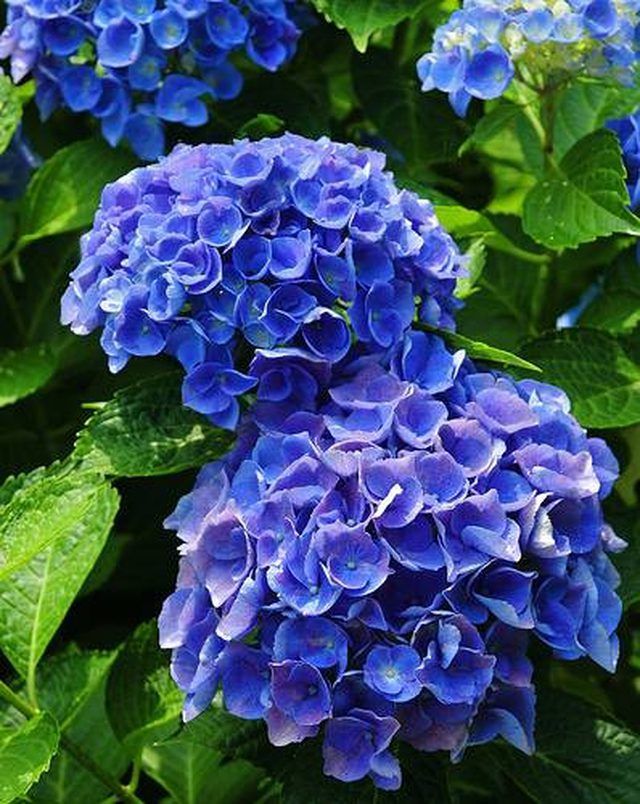Bulbs
Flower Basics
Flower Beds & Specialty Gardens
Flower Garden
Garden Furniture
Garden Gnomes
Garden Seeds
Garden Sheds
Garden Statues
Garden Tools & Supplies
Gardening Basics
Green & Organic
Groundcovers & Vines
Growing Annuals
Growing Basil
Growing Beans
Growing Berries
Growing Blueberries
Growing Cactus
Growing Corn
Growing Cotton
Growing Edibles
Growing Flowers
Growing Garlic
Growing Grapes
Growing Grass
Growing Herbs
Growing Jasmine
Growing Mint
Growing Mushrooms
Orchids
Growing Peanuts
Growing Perennials
Growing Plants
Growing Rosemary
Growing Roses
Growing Strawberries
Growing Sunflowers
Growing Thyme
Growing Tomatoes
Growing Tulips
Growing Vegetables
Herb Basics
Herb Garden
Indoor Growing
Landscaping Basics
Landscaping Patios
Landscaping Plants
Landscaping Shrubs
Landscaping Trees
Landscaping Walks & Pathways
Lawn Basics
Lawn Maintenance
Lawn Mowers
Lawn Ornaments
Lawn Planting
Lawn Tools
Outdoor Growing
Overall Landscape Planning
Pests, Weeds & Problems
Plant Basics
Rock Garden
Rose Garden
Shrubs
Soil
Specialty Gardens
Trees
Vegetable Garden
Yard Maintenance
How to Cut Hydrangeas
How to Cut Hydrangeas. Cut hydrangeas are prized for their delicate hues of blue, pink, lavender and white. They are popular adornments for weddings, seasonal celebrations and formal events. If your main purpose for growing hydrangeas is to cut the stunning blooms, you already know that the plants suffer from few pest problems. Healthy perennial...

Cut hydrangeas are prized for their delicate hues of blue, pink, lavender and white. They are popular adornments for weddings, seasonal celebrations and formal events. If your main purpose for growing hydrangeas is to cut the stunning blooms, you already know that the plants suffer from few pest problems. Healthy perennial hydrangea shrubs flower so profusely that you can easily remove all the blooms that you need for an arrangement and the plant will still look appealing. Here are some things that you can do for your plants that will increase the quality as well as the quantity of cut flowers they produce for you.
Things You'll Need
All-purpose slow-release fertilizer
Pruning shears
Commercial floral preservative
Situate hydrangeas in an area where they will be shaded during the hottest parts of the day, if you have not already planted them. A well-drained, richly composted location on the eastern side of a building is ideal and protects the stems and blooms from wind damage and breakage.
Apply a good all-purpose slow-release fertilizer throughout the growing season as per the manufacturer's instructions to prepare your hydrangeas for maximum bloom production.
Water hydrangea plants often. If they appear to be wilted, they are very thirsty. Inadequate water during the spring when flower heads are forming results in fewer and smaller blooms. Let the soil dry out only slightly between waterings. These shrubs appreciate barely moist soil, but they will rot if they are constantly soggy.
Remove dead or dying material from the hydrangea the first winter following planting. Cut the entire plant back to about a third of its present size, which will force it to grow long, straight flower stems desirable for cutting. Prepare the hydrangea by pruning it a little more aggressively than you would a plant used only for landscaping purposes.
Cut hydrangea blooms the following spring, just as they fully develop. Cut them early in the morning, preferably before sunrise, while they are still moist with dew. Use sharp, clean pruning shears, and make your cuts at acute diagonal angles.
Prepare a bucket of cool water treated with commercial floral preservative according to the packaging instructions. Place the cut hydrangeas in the bucket immediately, and allow them to soak in a cool, shaded location for 2 hours before disturbing them. This solution feeds the flowers and discourages premature decay.
Create your floral masterpiece with the cut hydrangeas. Set it in a cool location, and protect it from drafts and direct sunlight to prevent the flowers from drying out.
Tips & Warnings
Add lime to the soil to make blue flowers turn pink, or use aluminum sulfate to turn blooms from pink to blue.